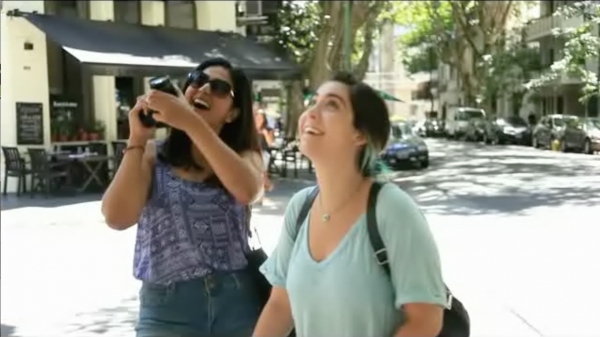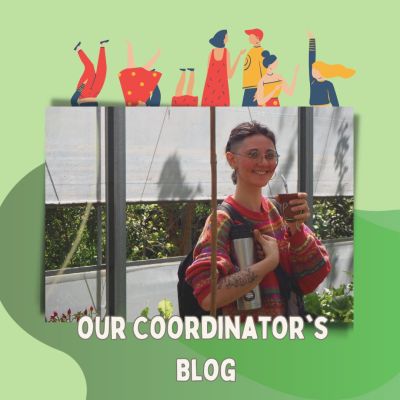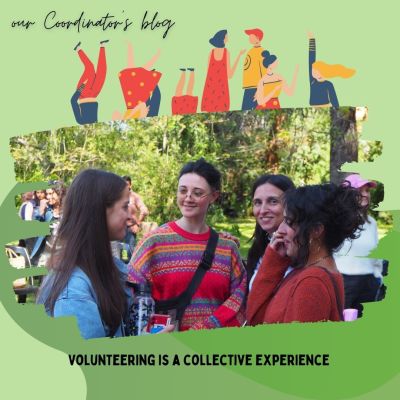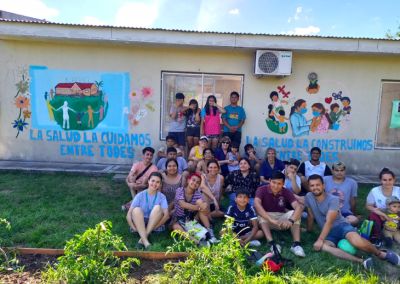Happily strolling down the street of Buenos Aires with a bag of empanada in my hand, I imagined my experiences in the next two months here would be somewhat like that--stumbling upon an unexpected surprise at the corner of an antique barrio, having an authentic Argentinian experience that I can take away like a souvenir to keep in my memory.
I spent a few hours on my first days looking at Google images of Buenos Aires and numerous tourist web pages: online comments said how Buenos Aires is a beautiful historic city, full of artistic statues and European styled buildings, the Paris of Latin America. I made a checklist of places I should visit to say by the end of my journey that I had been to Buenos Aires and experienced everything that there is to do. Just like other tourists, I took numerous photos—including shameful selfies—in an angle that presents the landscape in the most fascinating way just like the ones I saw on others’ instagrams. The photos I collected looked almost like the ones from fantasy movies: creamy buildings with beautiful curves, yet another majestic statue at every corner of the city, and colorful fairs that people call “exotic.”
The Buenos Aires I saw through the lense of tourism was beautiful. But the truth is, it was not the full picture. Tourism paints Buenos Aires as a few historic sites rated in five stars and materializes one’s experience in the city as a miniature Obelisco magnet and a few postcards of tango dancers. But I have learned that the city is not a ready-made product to be consumed by tourists who want a package filled with extraordinary and exotic experiences. In fact, my daily life consists of learning different parts of pork in Spanish at a grocery store, occasionally complaining with another Argentine student in a library about the slow wifi, and squeezing my way into a crowded subway.
During weekdays, I see a different scenery of Buenos Aires with other communication volunteers. Even a twenty minute bus ride from the center takes me away from the crowded tourist areas. There is no tourist guide to this place, nor any marble monuments to celebrate the history it carries. These outskirts nonetheless are the parts of Buenos Aires. People in different community service centers we visit work together to help address the problems the residents face everyday. The soup kitchen provides children and adults a space to eat together, the kindergarten teaches children that they have rights to be happy, and the Pacheco Community Center helps the local adolescents learn teamwork and farming skills to see a better future. Buenos Aires is not a mere travel deal for tourists: it is a home to people who live here.
What I found at the corner of an old barrio was not an exotic scenery with two passionate tango dancers or a local artist with flashy portraits of the area. They simply were ordinary people, helping each other and working together to improve the future path--building a home.






